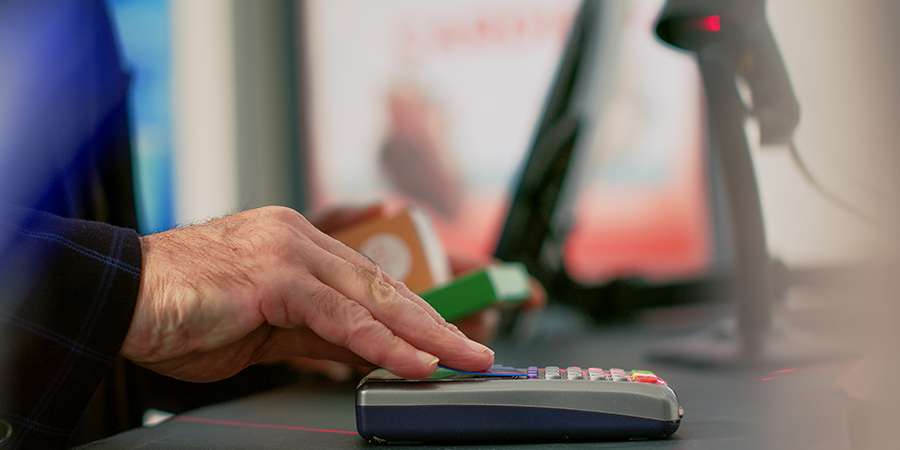Can scanning barcodes verify authenticity? Be careful of being deceived
With the popularity of smartphones, barcode scanning apps have become popular in recent years and are favored by smartphone users. People can use their smartphones to scan product barcodes and get information such as product prices, manufacturers, stores, and contact details. Many consumers believe that barcodes can be used for product tracing, allowing them to check the authenticity of a product simply by scanning the barcode.
With the popularity of smartphones, barcode scanning apps have become popular in recent years and are favored by smartphone users. People can use their smartphones to scan product barcodes and get information such as product prices, manufacturers, stores, and contact details. Many consumers believe that barcodes can be used for product tracing, allowing them to check the authenticity of a product simply by scanning the barcode.
Recently, in crowded places, there have been vendors shouting slogans like "special counter clearance" to sell counterfeit and shoddy products. They use the method of scanning barcodes with a smartphone to have the public "distinguish between genuine and fake" and then encourage people to make purchases, causing many people to fall victim to scams. To prevent the recurrence of such cases, relevant authorities should take action to combat and prevent them.
1. Analysis of the Causes of Cases
(1) Barcodes can be "privately customized." Barcode technology has a low level of technical difficulty and is simple to create. It only requires downloading related software to forge or copy barcodes. However, for ordinary people, creating barcodes serves no practical purpose in their daily lives, making it difficult for them to recognize the authenticity of barcodes.
(2) Barcodes are "surface engineering." Most barcodes are printed on the surface of products, displaying only basic product information and lacking anti-counterfeiting capabilities. Consumers who use their smartphones to scan barcodes are only verifying the product's packaging and cannot verify the authenticity of the product. Unscrupulous individuals take advantage of this by repackaging and deceiving consumers.
(3) Barcodes are "trusted." When consumers purchase legitimate products, cashiers often identify product prices by scanning barcodes. People generally believe that if they obtain basic product information by scanning barcodes, the quality of the product is guaranteed. Unlawful elements exploit the public's misconceptions about barcodes' anti-counterfeiting capabilities to promote their fraudulent schemes.
2. Prevention Suggestions
(1) Strengthen departmental supervision. Regulatory authorities should dynamically monitor companies that produce barcode software, increase their supervision of websites involved in illegal barcode forging and copying, and intensify efforts to combat illegal activities.
(2) Strengthen prevention and publicity. Timely release warning information through various media and post warning notices in crowded areas. Disseminate anti-fraud knowledge to enhance public awareness of prevention.
(3) Enhance market management. Conduct targeted management of mobile vendors, especially those at stalls claiming to offer "clearance sales." Promptly inspect the authenticity of their products to prevent widespread scams.
(4) Consolidate and handle cases promptly. Pay close attention to similar cases in the vicinity, promptly consolidate and investigate cases, and use various technological means to crack down on crimes as early as possible.





